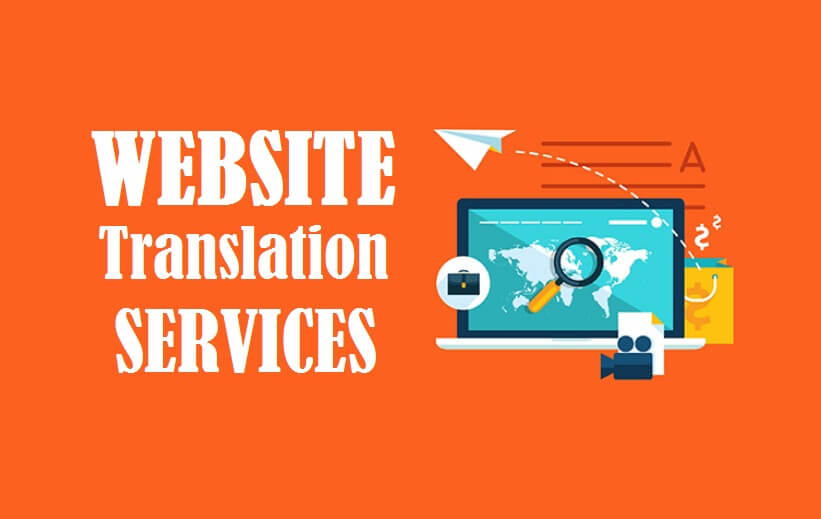Globalization has led to the addition of one more term in increasing the market value of any product that is “product localization.” It is a process of adapting a product to satisfy the needs and demands of the local people of any region wherever a company wants to get its access.
The advancement of technology helps us to grow our business reach globally. Buyers are now not confined with the geographical boundaries. Customers around the globe have access to plenty of merchandise and information in no time. The product sells on-demand in different areas, preferably in their local language. If you’re selling the product, services, and solutions online using the language used locally. It will help grow your desire to be equipped with the vital tools to cross these worldwide boundaries and be prepared to provide your product to global customers with particular and personalized local experiences.
Key elements of product localization:-
- Translating text
- Altering packaging
- Modifying content
- Creating pictures related to native places
- Writing quotes in local language
- Designing advertisement related to culture and tradition
Procedure of product localization:-
Localization strategy:- strategize your marketing according to local areas. Your strategy should be to catch the thoughts of common man towards your product. Instead of generalizing your strategy you should keep it targeted to every local region. It includes designing the pages keeping localization in mind. The language, packaging and pictures of the product should be developed in a way that it connects the local people.
Internationalize your website:- It might sound like quite a few more work for a company looking to increase its international boundary. There is no need to think anything out of the box except localization. Studies and research suggest that 60% of non-native English speakers rarely or in no way buy from websites where English is the only language. So, it demands the design of the websites in the wide range of languages to expand marketing of your product.
Localize with the right software:- if you provide offers to new customers from this group, they expect a seamless user experience and aren’t afraid to leave your app quickly if their expectations aren’t fulfilled. That is why every component of your software program needs to be tailored accordingly to meet market requirements. Internationalization is a fundamental approach for localizing mobile apps and different software. As a part of the product development system, it allows localization on a technical stage.
Proper code:- If the internationalization process is carried outright, you must now have the ability to draw out all documents with textual content along with pix that need to be localized. Following the extraction, these local files may want to be transformed into localization documents required by your dealers.
Once your team completes this step, you could move ahead with compiling all local documents into a localization toolkit on your translators to begin the operations.
Translation and Review
Translators use computer-aided translation equipment to boost their efficiency and translation. Collecting preceding translations in a single database shows matching outcomes from past tasks. Additionally, translators have access to communique channels to ask questions and clarify any uncertainties together with your builders.
Testing and Quality Assurance
Businesses frequently in a hurry pass this step to launch their localized software quickly, giving a terrifying outcome. Moreover, a wrong translation of a headline can remove customers straight away. Now is the time to discover and fix any insects before your clients observe them.
Analysis of the Localized Product
When you have finished all checks efficiently, there may be only one issue you need to work on—releasing your localized product in your new goal marketplace. Collecting direct remarks from your customers helps to figure out additional possibilities for development.
Significance of product localization:-
Business expansion:- first and foremost outcome of the product localization is expansion of your business. In this way you are not confined to a particular region. In one country also, by localizing your product adapting to different regions you can expand your market area.
Going global:- with the product localization it has become very convenient to take your product overseas. All the barriers, including the language, culture and tradition can be overcome through product localization making it available anywhere and everywhere.
Enhancing your brand value:- product localization is directly proportional to the increment in your sales number. If your consumers can understand what your product is and how it is going to benefit them, your sales will be inclined, which will uphold the value of your brand.



